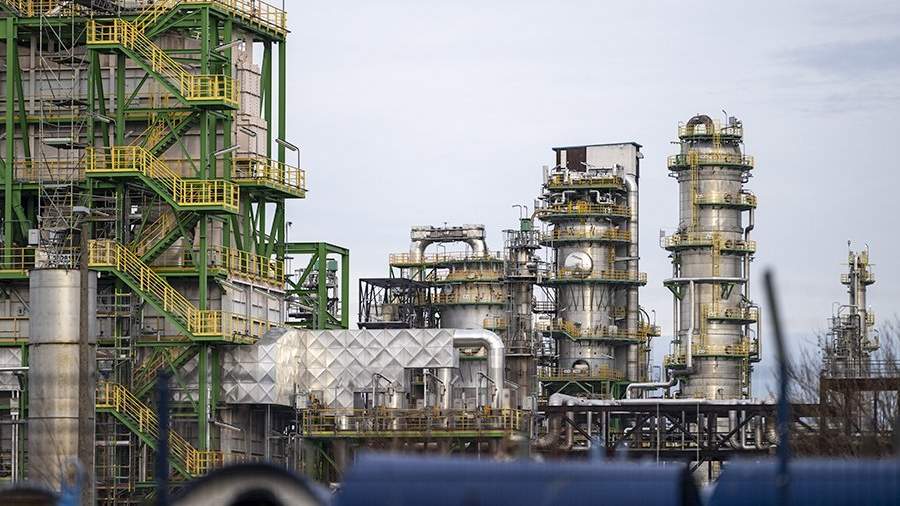
Russian ban on diesel exports hits the world market
By Rhod Mackenzie
On the morning of Thursday 28 September 2023, the price of oil continued its rise that began the day before. It was triggered by growing concerns among market participants about fuel shortages that could lead to supply constraints ahead of winter.
In addition, markets continue to worry that crude oil inventories at the key US oil storage facility in Cushing, Oklahoma, will fall below minimum operating levels. This is thought to exacerbate the supply constraints caused by the OPEC+ supply cuts.
"Economic data from Europe and the United States has weakened recently... Overall, oil prices could be volatile in October. They are unlikely to break $100 in the short term, but they are expected to be strong," said CMC Markets analyst Leon Lee.
In addition, analysts at ANZ Research said the recent ban on petrol and diesel exports from Russia "means upward pressure on refinery demand for crude".
Against this backdrop, November Brent futures began the day up 0.98% at 94.88 per barrel, according to Finmarket. November WTI futures were up 1.02% at $91.31 per barrel.
Oil prices are stable around $90-95 per barrel and may remain in this range in the coming weeks, says Igor Galaktionov, stock market expert at BCS World of Investments. According to him, confidence in the persistence of a deficit in the market increased after the decision of the Russian authorities to limit the export of light oil products.
At the same time, analysts at investment banks are beginning to publish preliminary estimates of economic activity in China for September, predicting an acceleration compared to August. This is leading to optimism about demand. "This week, the focus is on US oil reserves statistics and preliminary EU inflation data for September. The releases may have a moderate impact on the dynamics of prices during the week," said Igor Galaktionov..
Nikolai Vavilov, a specialist in the strategic research department at Total Research, recalls that on 19 September oil prices reached $95.91 against the backdrop of growing demand and supply cuts by OPEC+ and its key members Russia and Saudi Arabia, which extended the decline in oil production by a total of 1.3 million barrels per day until the end of the year. Technically, oil should have corrected to around $90-$91 per barrel, which it did.
The reason for this was the Fed's meeting on 20 September, at the end of which it became clear that the regulator intended to raise interest rates again this year and to keep them high for a long time. The market reacted with a strengthening of the dollar and a decline in commodities. If the Fed does what it says it will, we should eventually see a slowdown in the US economy and therefore a decline in oil demand. The same is happening in Europe and the UK. The central banks of these countries, he points out, are pursuing monetary policies similar to those of the Fed.
On the other hand, he notes that concerns remain that the supply shortage will be greater than OPEC and the IEA have predicted. On Tuesday, after reaching $90.46 per barrel, oil prices reversed and were trading at $92.30 per barrel. In addition to the already announced production cuts, there is a shortage of diesel fuel on the world market and the price of this product has risen significantly. The cost of a barrel of diesel is over $140.
Against this backdrop, Oman and Bahrain have begun to expand their refining capacity, increasing regional oil consumption in order to export more diesel. The development of domestic refineries could remove around 300,000 barrels per day from the oil market by the end of the year. US oil production is also falling from an all-time high in July, and experts expect October to be the third consecutive month of production decline.
If current conditions persist, Nikolai Vavilov is confident that oil has every chance of rising above $100, but first it needs to find a foothold above $96 a barrel.
